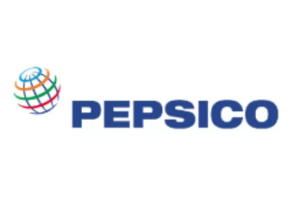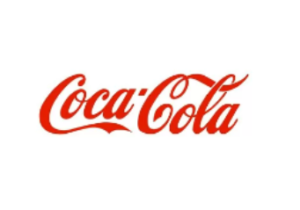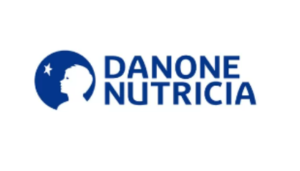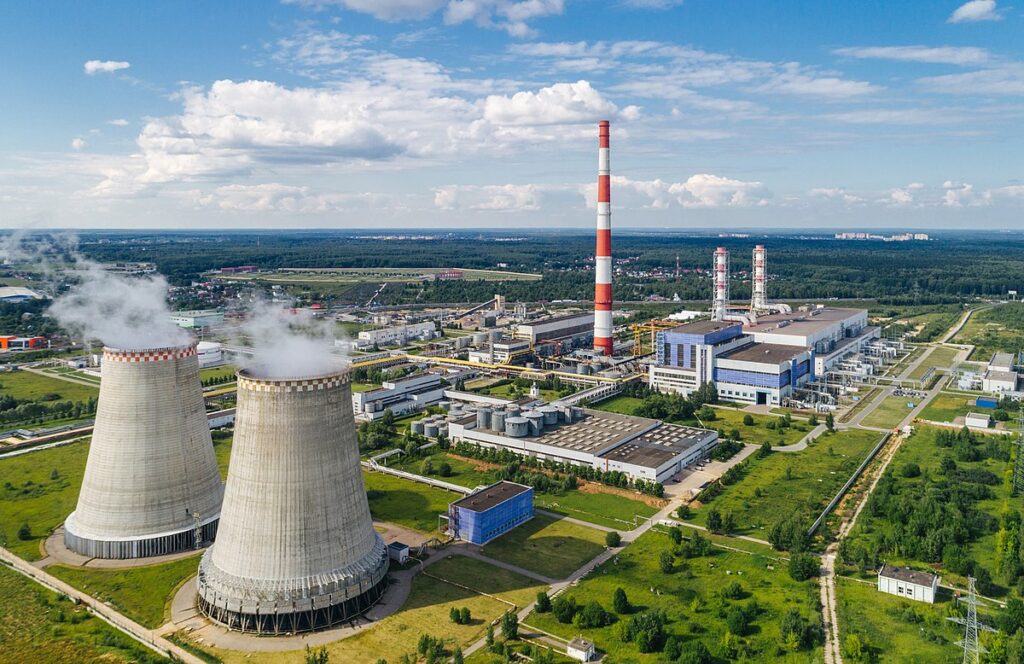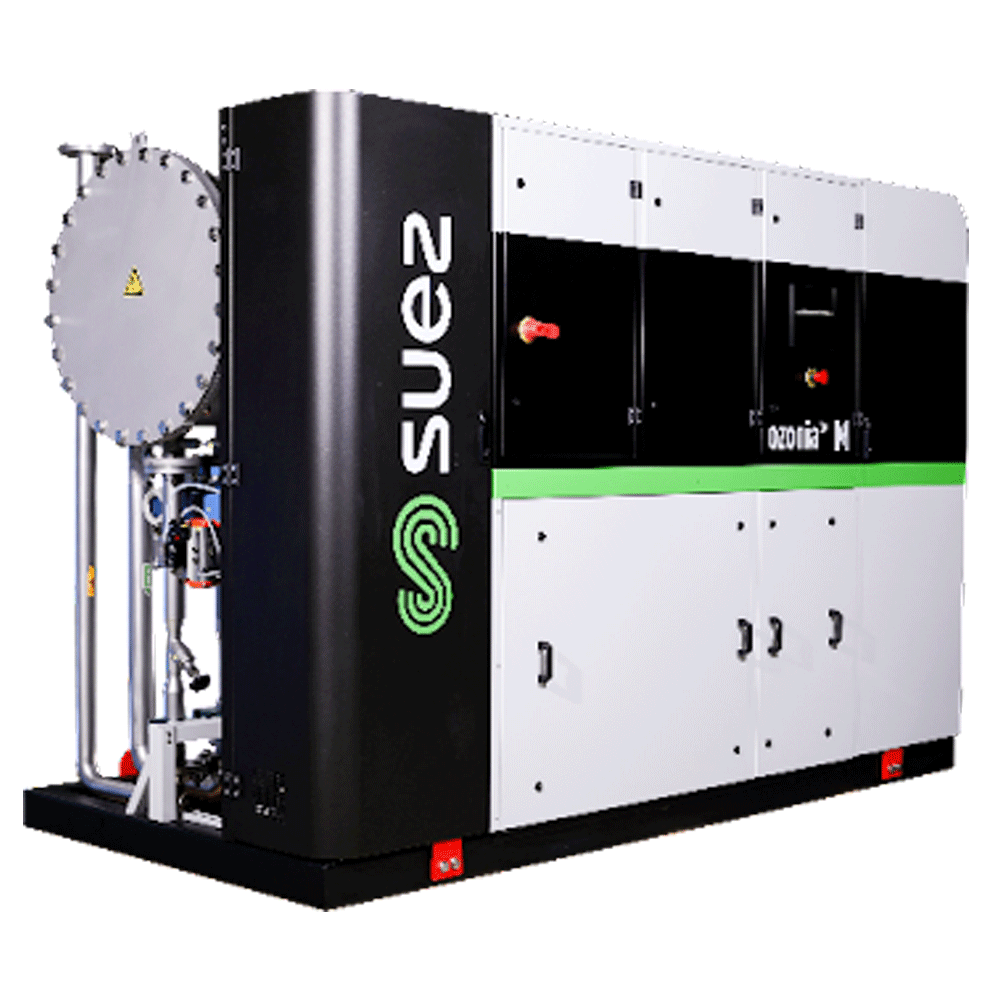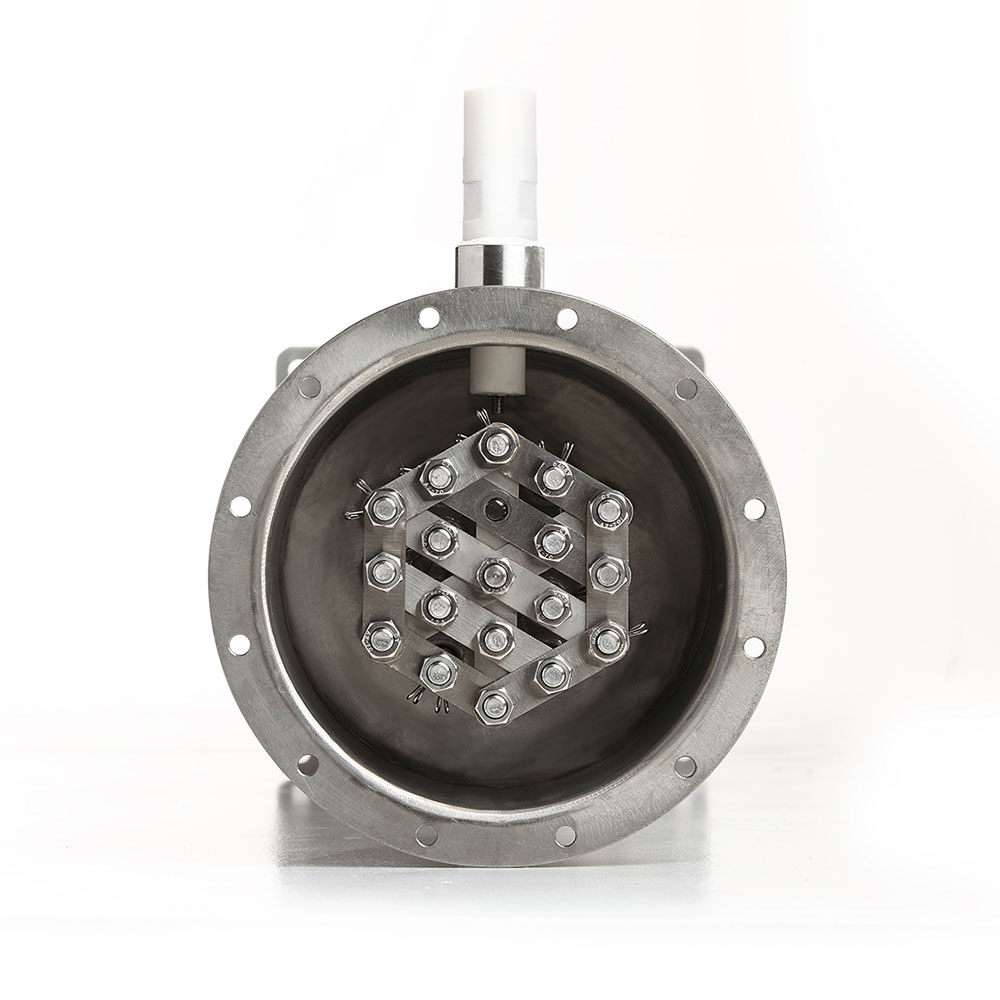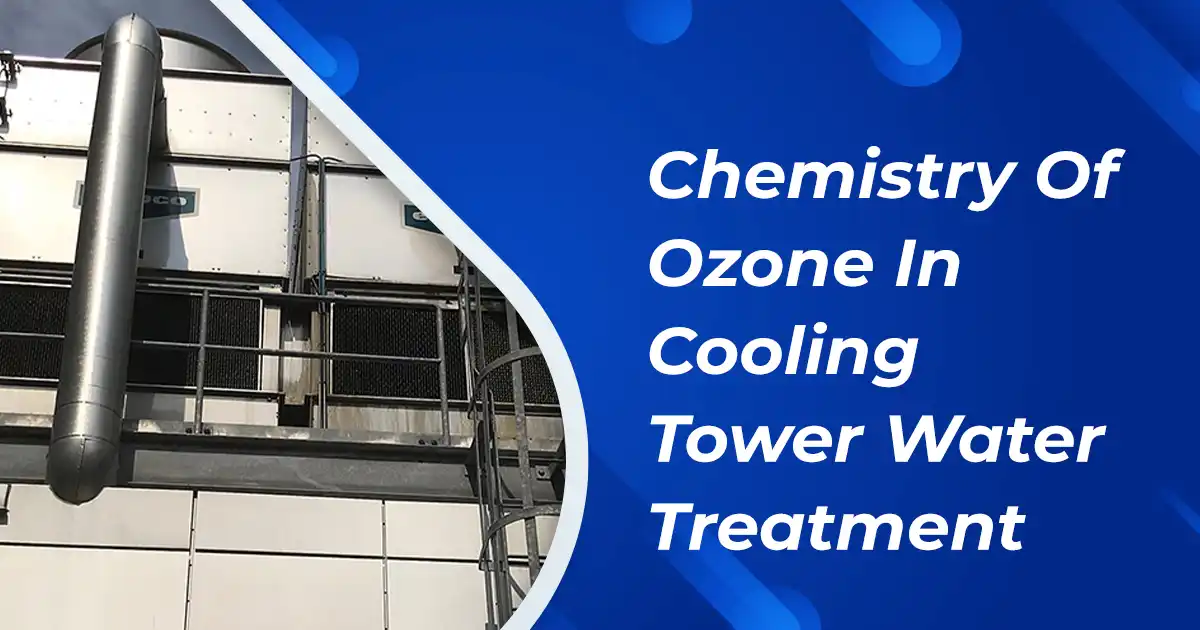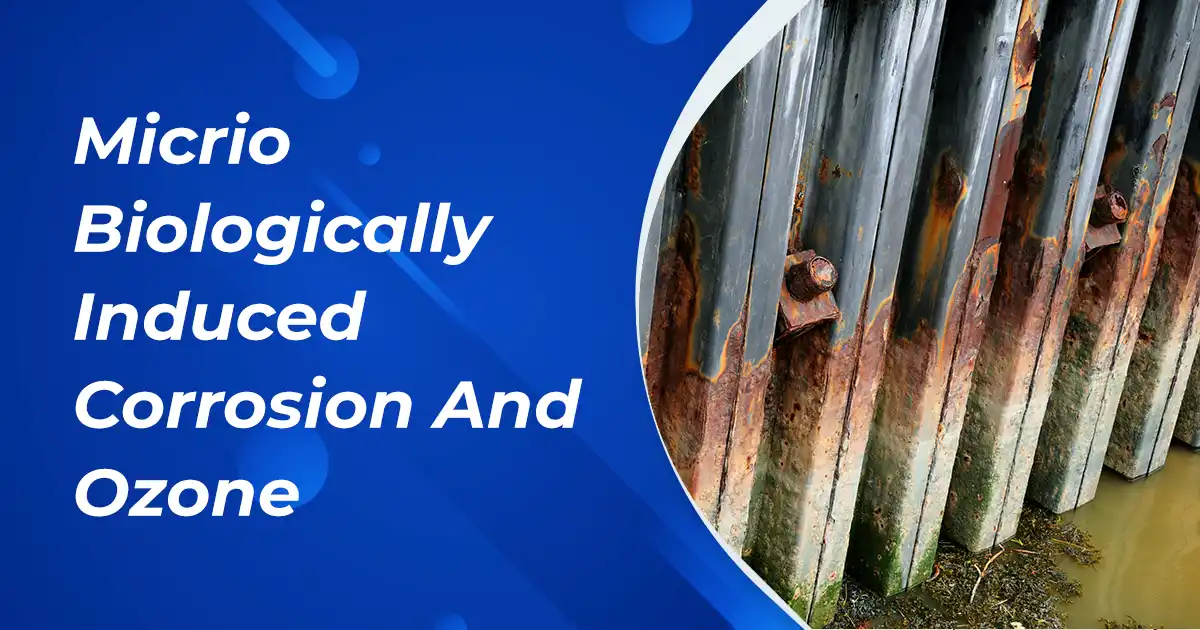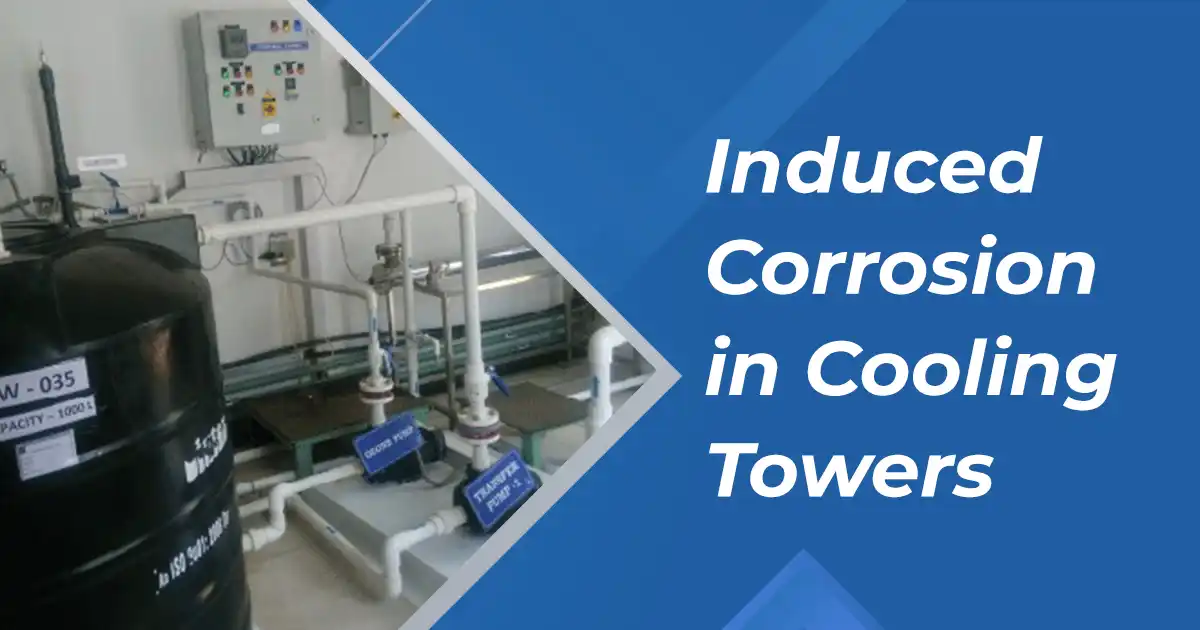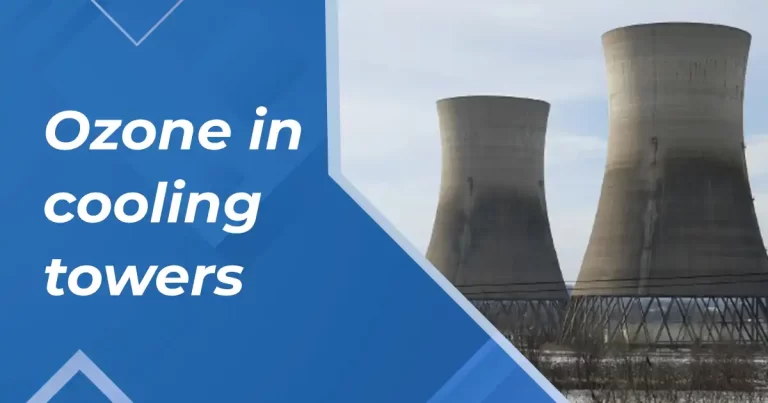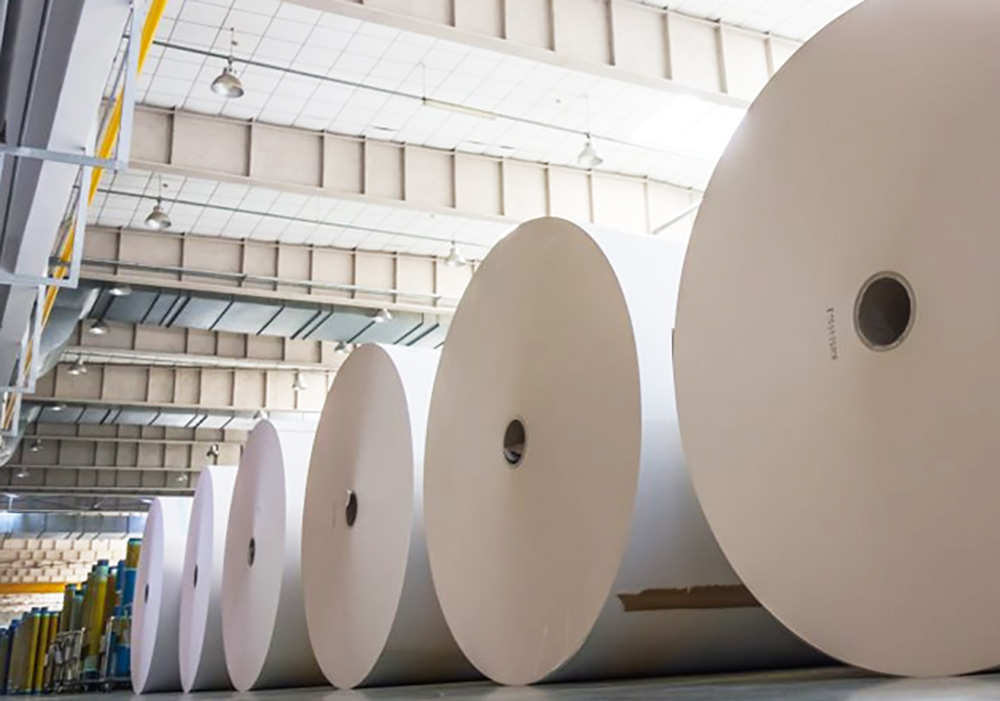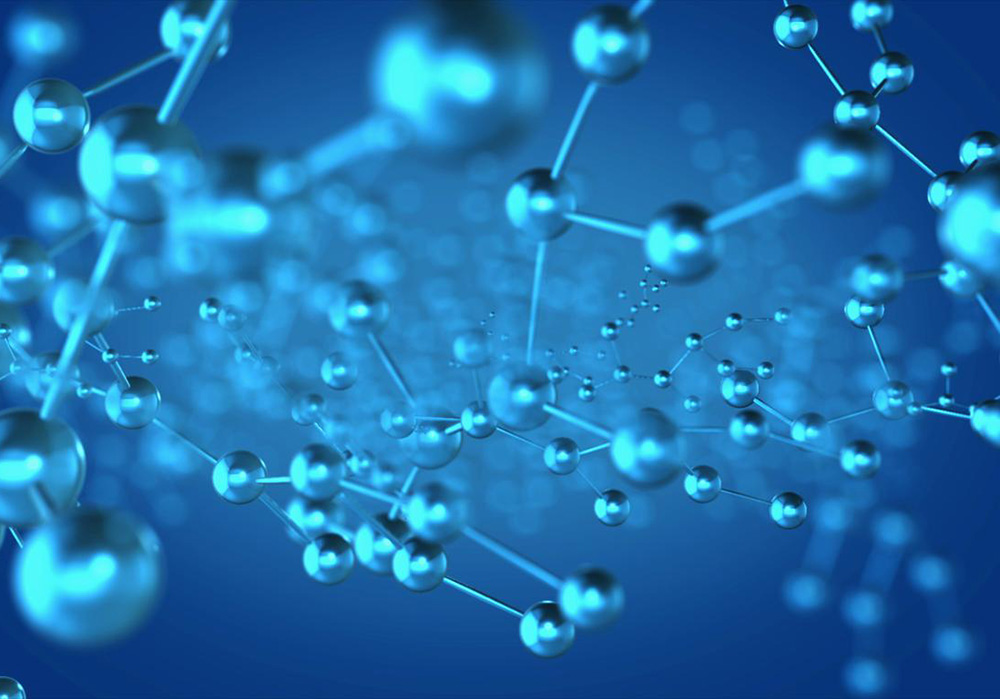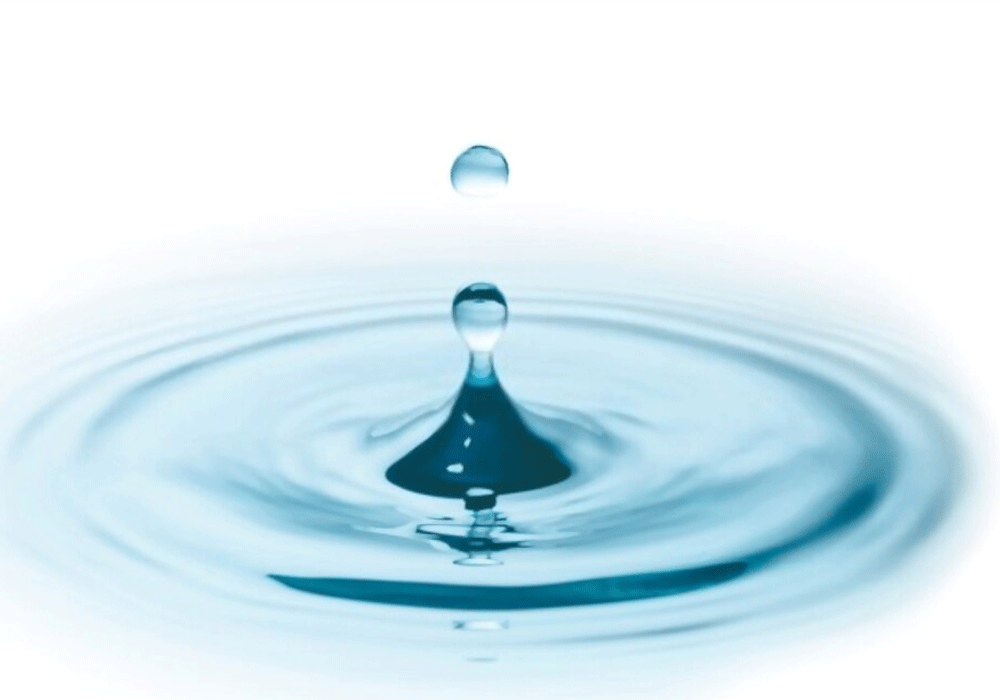- Home
- »
- Applications
- »
- Ozone in Cooling Towers
Ozone in Cooling Towers
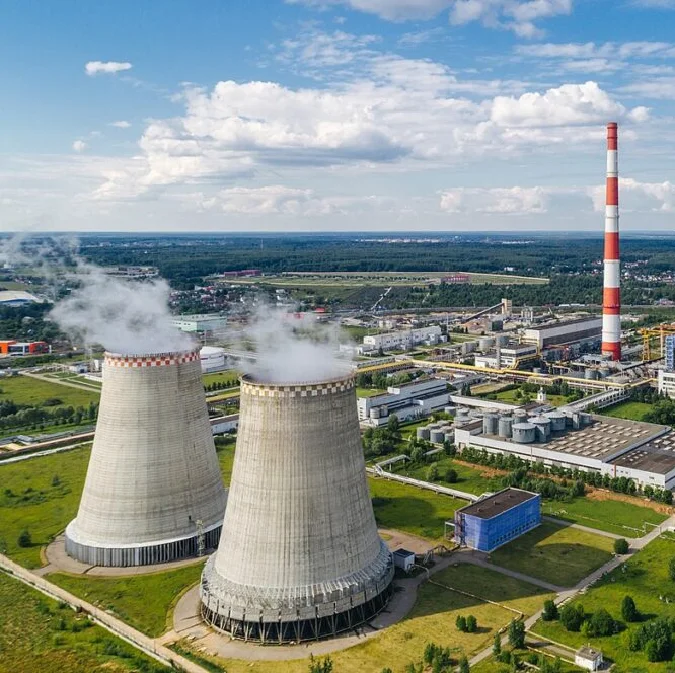
Cooling water systems often face challenges like scaling, corrosion, and biofouling, primarily due to the presence of minerals and microorganisms. Pathogenic bacteria, especially Legionella pneumophila, can worsen these issues by forming biofilms that hinder heat exchange and promote corrosion.
Traditional chemical treatments, such as biocides and inhibitors, can address these problems, but drawbacks include chemical handling risks, storage concerns, and environmental impact. In contrast, ozone offers a sustainable, residue-free, and highly effective cooling tower water treatment alternative. The U.S. Environmental Protection Agency (EPA) recognises ozone as a far stronger oxidant than chlorine and highly effective for water disinfection
Ozone for cooling tower water treatment involves injecting ozone gas into the water to disinfect and oxidise contaminants. It breaks down organic matter, removes biofilm, eliminates pathogens, and controls scale and corrosion without adding chemicals to the water. This makes ozone ideal for long-term performance and environmental safety.
At OTSIL, we support this sustainable shift with advanced ozone generators engineered for cooling tower applications. Our systems deliver consistent performance across industries with varying water demands.
Solving Cooling Tower Issues with Ozone Treatment
Water Treatment Plants use ozone generators with air or oxygen as feed gas to achieve disinfection in industries like Food & Beverages, Pharma, and bottling . Ozone is 3,000 times more powerful than chlorine, offering high oxidizing potential without leaving any residues or unwanted by-products and is the preferred choice for water disinfection.
Ozone offers a holistic approach to key cooling tower water treatment problems:
- Biofouling: Ozone disrupts biofilm formation, eliminating habitats for pathogenic bacteria like Legionella pneumophila.
- Scaling: By oxidising organic matter, ozone reduces the accumulation of salts, preventing scale buildup on heat exchanger surfaces.
- Corrosion: Ozone helps maintain water chemistry, reducing both chemical and microbiological corrosion.
The use of ozone in cooling tower systems allows industries to move beyond chemical-based programs. For facilities with large cooling loads, the Ozonia M Series delivers high-capacity ozone generation, making it suitable for large-scale operations requiring high reliability and output.

Ozone Application for Biofouling Control in Cooling Towers
Biofouling, caused by microbial colonies forming biofilm, is a significant challenge in cooling systems. These slimy layers insulate heat exchangers and contribute to corrosion. Ozone neutralises biofilms at the source. It penetrates microbial colonies, breaks down organic matter, and sterilises the system, significantly lowering the risk of Legionella outbreaks.
Ozone for Scaling Prevention & Cycle Optimisation
Traditional cooling tower water treatment often involves frequent blowdowns to control scale buildup, leading to excessive water and energy consumption. However, ozone in cooling tower applications enables higher cycles of concentration up to 18, compared to the normal of 5–6 under chemical treatment, greatly reducing water usage.
Ozone’s Role in Corrosion Inhibition in Cooling Towers
Corrosion in cooling water systems is also caused by microbiologically induced corrosion, which occurs due to iron and sulfur bacteria present in the system. This gives excellent corrosion inhibition within the cooling system, probably due to the cathodic protection afforded by calcium carbonate. Thus, the water conditions establish a non-corrosive environment.
Cost Benefits of Ozone Treatment for Cooling Towers
Implementing an ozone treated cooling tower delivers both direct and indirect cost savings:
| Quantified Savings | Unquantified Savings |
|---|---|
|
|

Achieve Sustainable and Efficient Cooling with Ozone
Whether you’re evaluating options for cooling tower water treatment or seeking alternatives to chemical programs, ozone in cooling tower systems delivers unmatched performance, environmental benefits, and cost efficiency.
Ozone in cooling water system applications has been successfully deployed across global industries, improving operational efficiency, enhancing safety, and minimising environmental impact.
Explore our ozone generators designed for Cooling tower:
- Indizone CDI Series – microbial control and corrosion mitigation
- Ozonia CFS Series – precision ozone dosing and cycle optimisation
- Ozonia M Series – high-output performance for large-scale systems
Brands Who Trust Us
